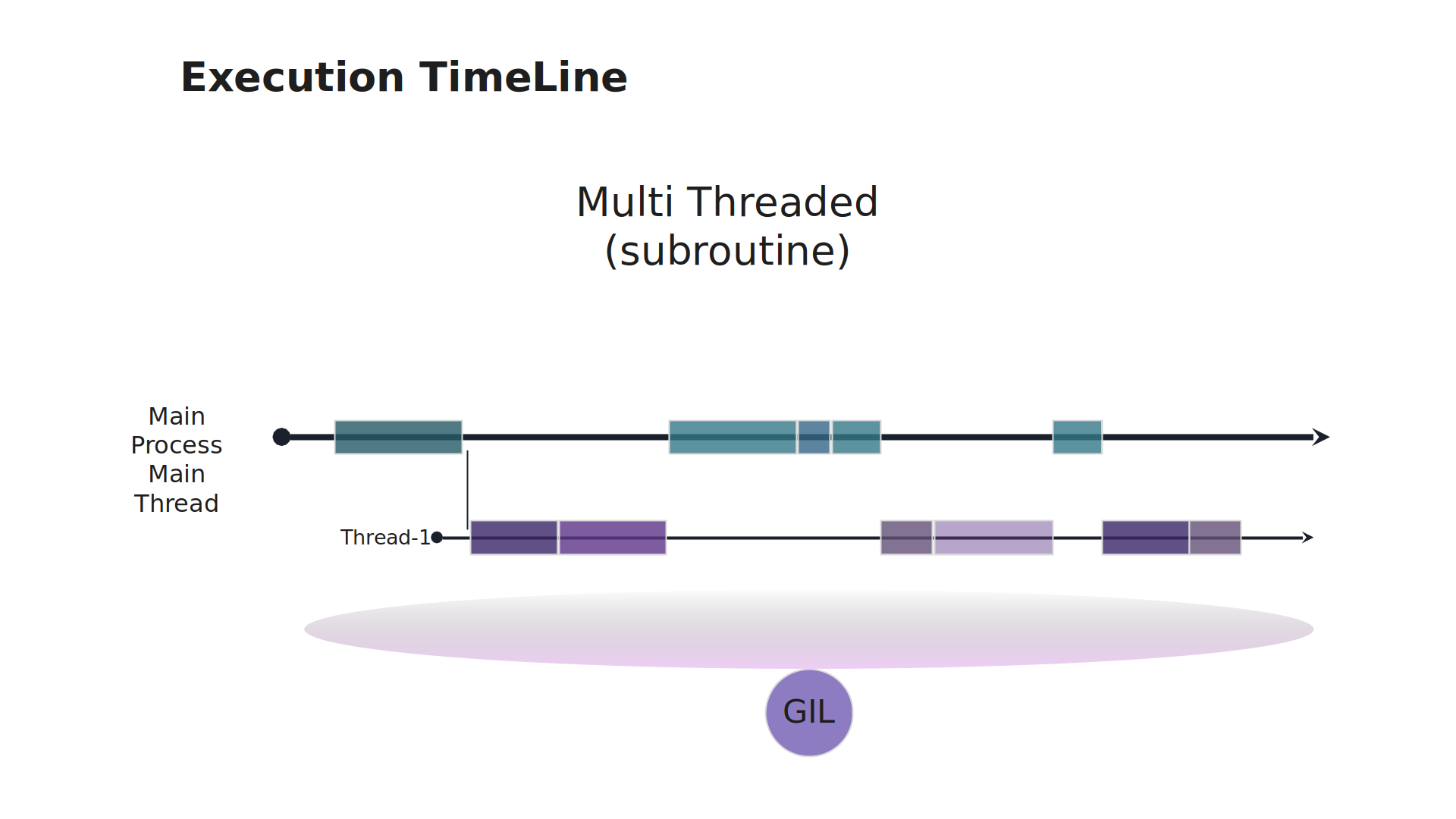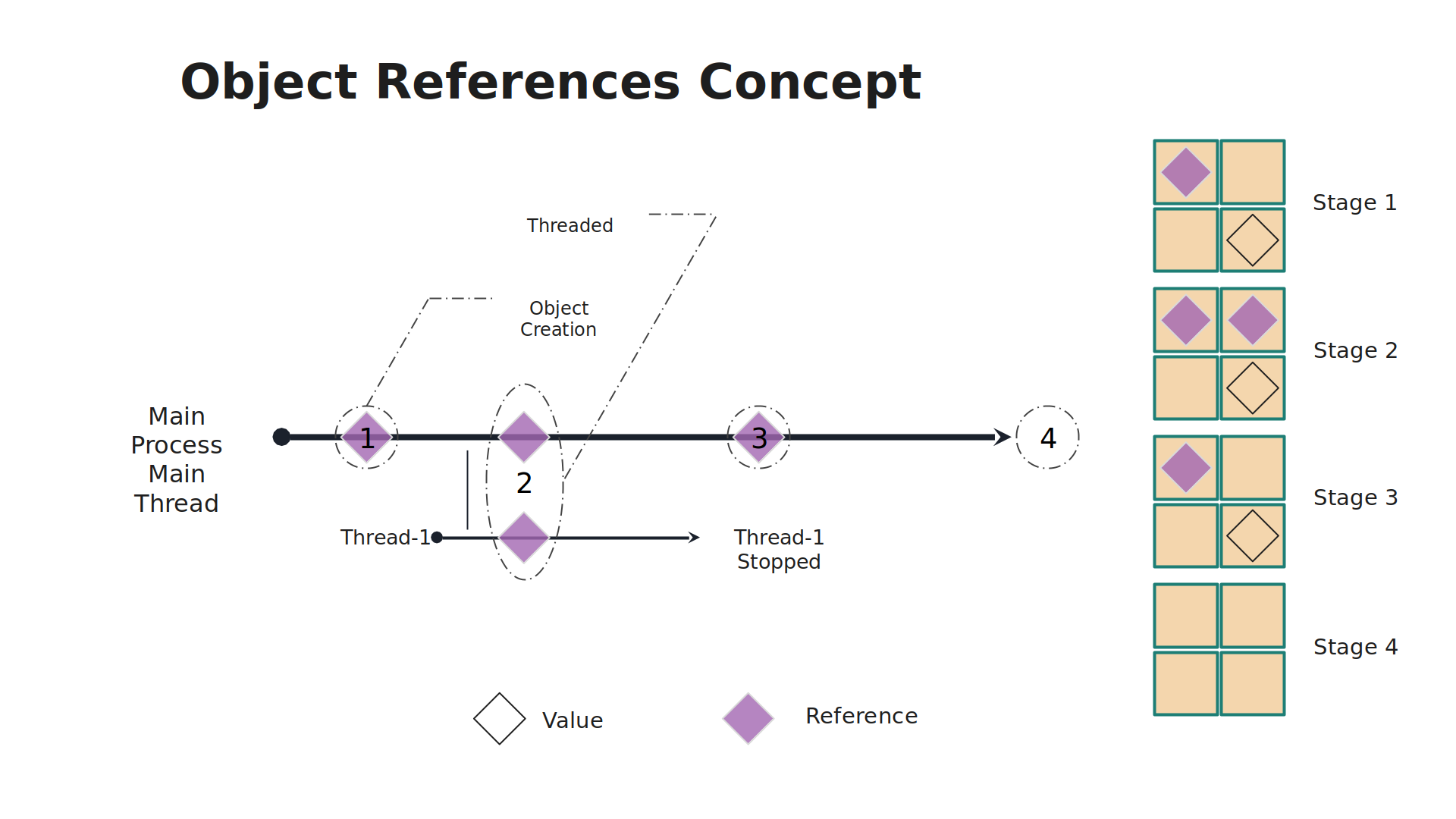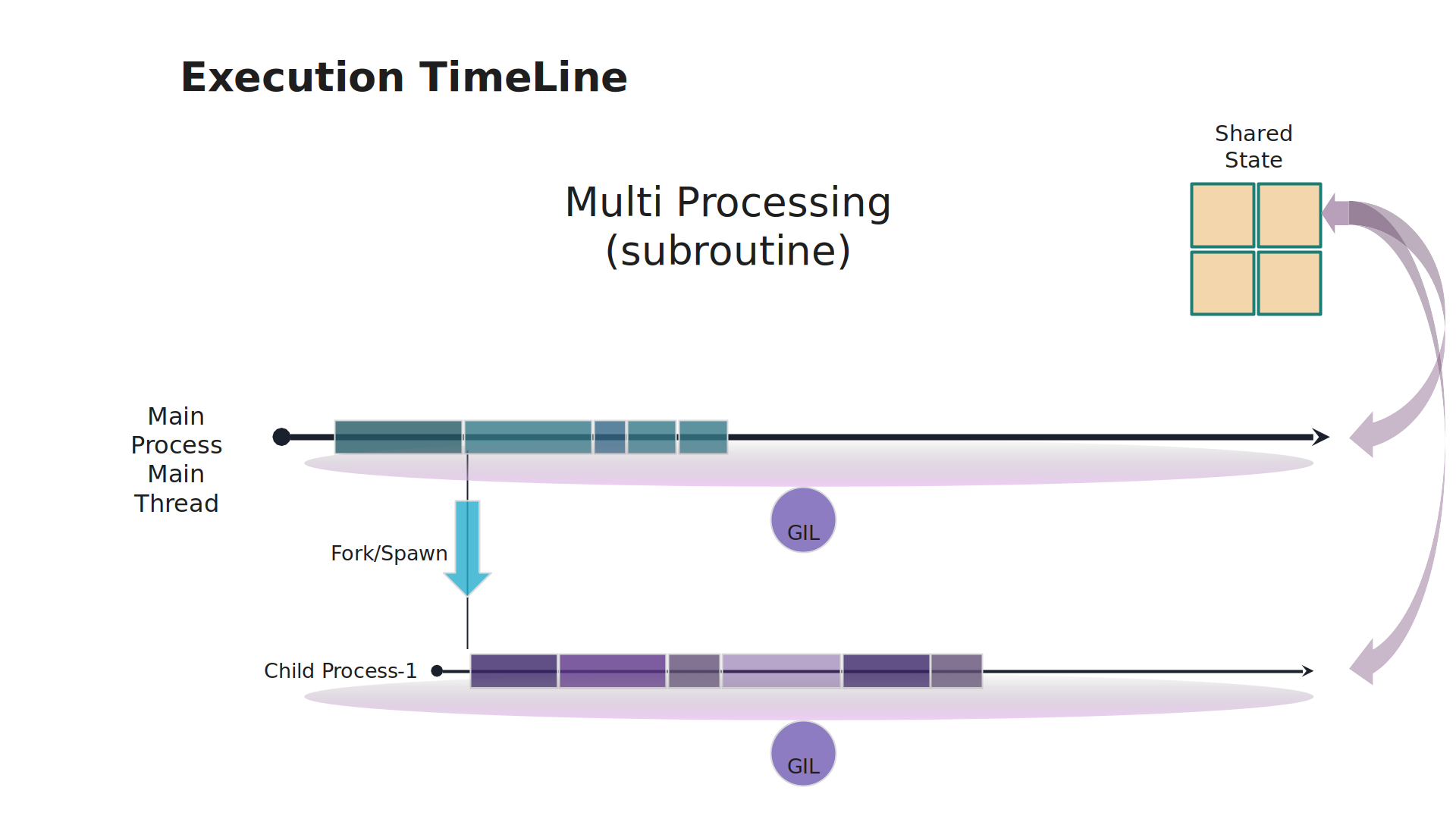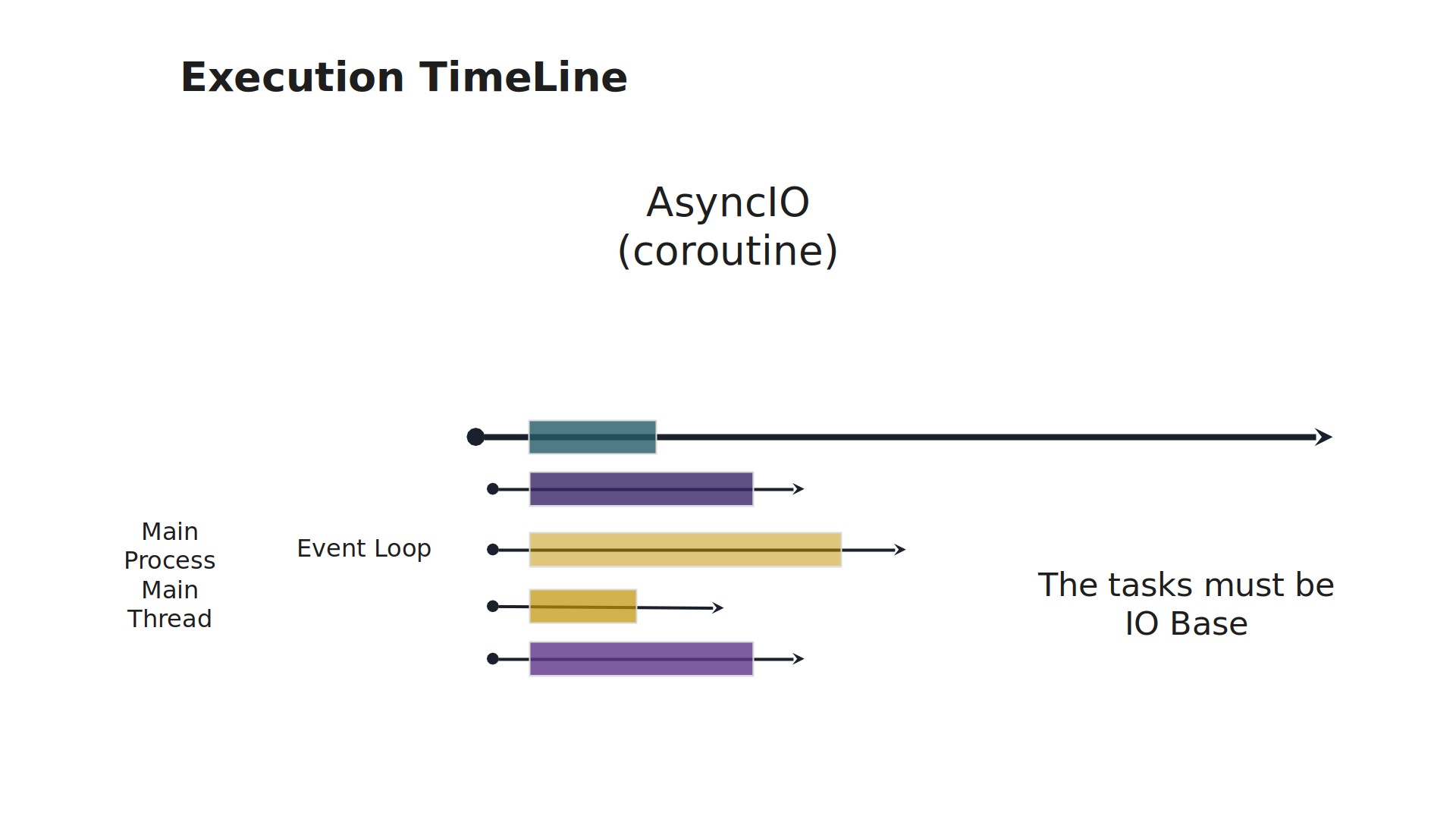Ways of processing
The concepts of processing in Python
Introduction
In this blog we want to talk about the concepts of processing in the computer programming specially in python. So when we write a program and execute it, How Python Interpreter interfere with the code? What are the mechanisms to run?
The following figure shows the default concepts of processing and some of their characteristics in the python.

I will discuss about this concepts during this post.
Default
General Speaking, When you run the Python program, a process will run known as main process and also we have a thread in the main process which is known as main thread. All lines of codes are going to be executed in the main process by main thread. In detail, the main-process holds the threads, but when we didn’t create any thread, the program will start a main-thread automatically inside the main process, It means that a process can hold various threads.

Threading
One of the ways of processing is using Threads in you program, so what does thread do? Thread creates a different timeline in your program that some functions could be executed in the separated timeline. Here, The important point is the object are used inside the thread are shared between the main-thread and the created thread, and also Python has a GIL (Global Interpreter Lock) which doesn’t allow the program to run to functions simultaneously. In detail the GIL won’t allow the interpreter to access the same object in the memory. This behavior causes non-parallelization but you can still do concurrency. So your program will switch between your threads technically and because of this behavior, threads are good for IO bound tasks!

Object Reference Concept
These are the stages on how an object is created in python, stored in memory and referenced during the program.
- The Object created and the value with a reference stored in the memory.
- The Thread is Opened and the object is used by thread so another reference will be created.
- The Thread Stopped and the thread object reference was deleted.
- The program is finished and all object references and values are deleted.

Multi-Process
Multi-Processing is designed for the situation you want to run and isolate (or not) part of your program to run independently. In order to use multi-processing you can run parts of your program with processes and there is no GIL to limit your timeline because each process has its own GIL. Processing doesn’t have access to other’s memory, So you can not expect a single variable to be changed in the main process by child processes or vice versa.
To acquire this purpose, a shared state should be defined. By using a shared state the processes can have access to it and use the same memory for reading and writing.

AsyncIO
AsyncIO method is designed to execute IO tasks since it can wait on async function response but doesn’t block the CPU. This feature can help execute various async functions simultaneously and collect their responses almost at the same time.
TIP
Python AsyncIO works only for network IO tasks not disk IO.
Warning
AsyncIO must used for IO tasks, it doesn’t affect regular ones.
